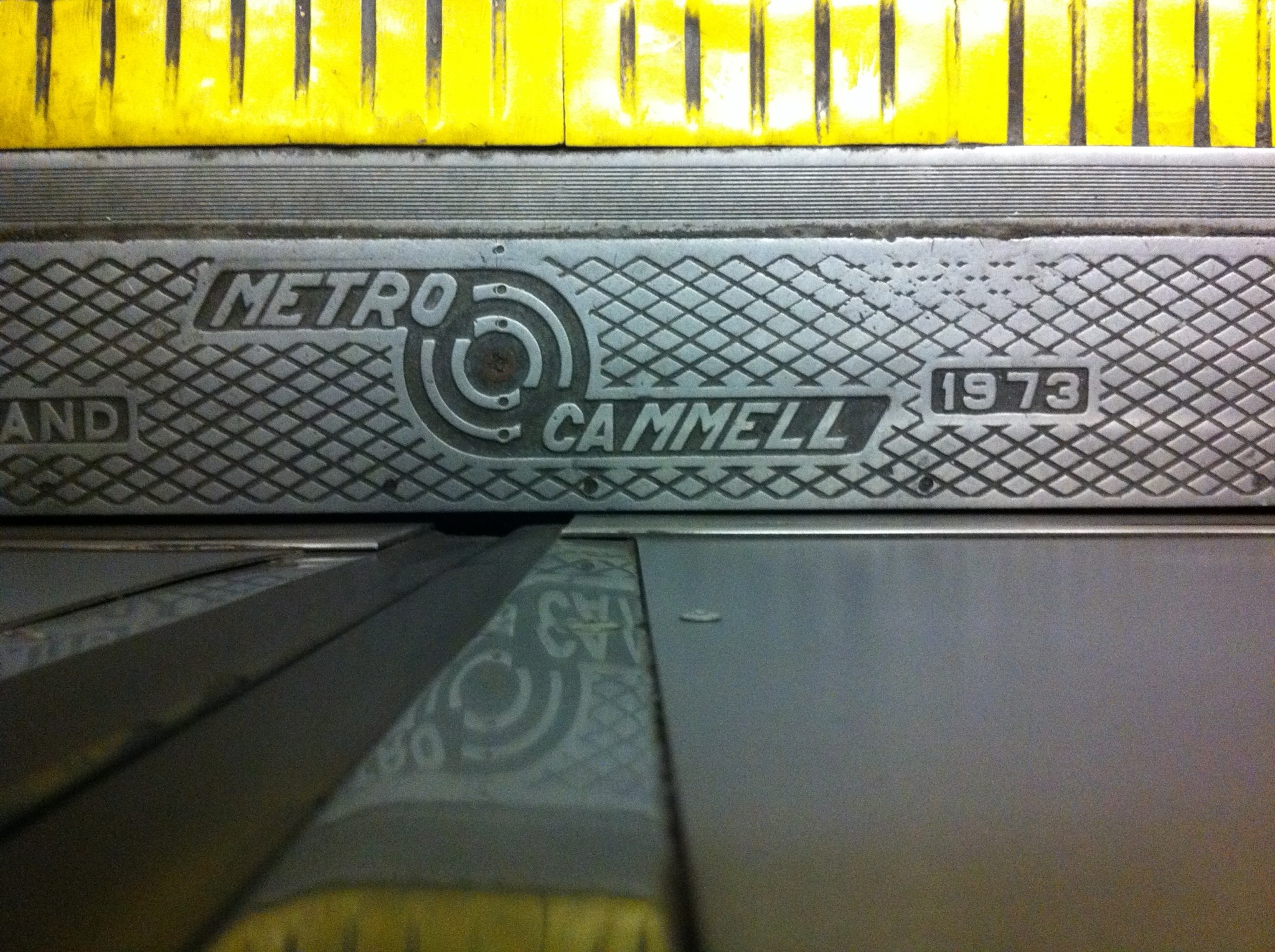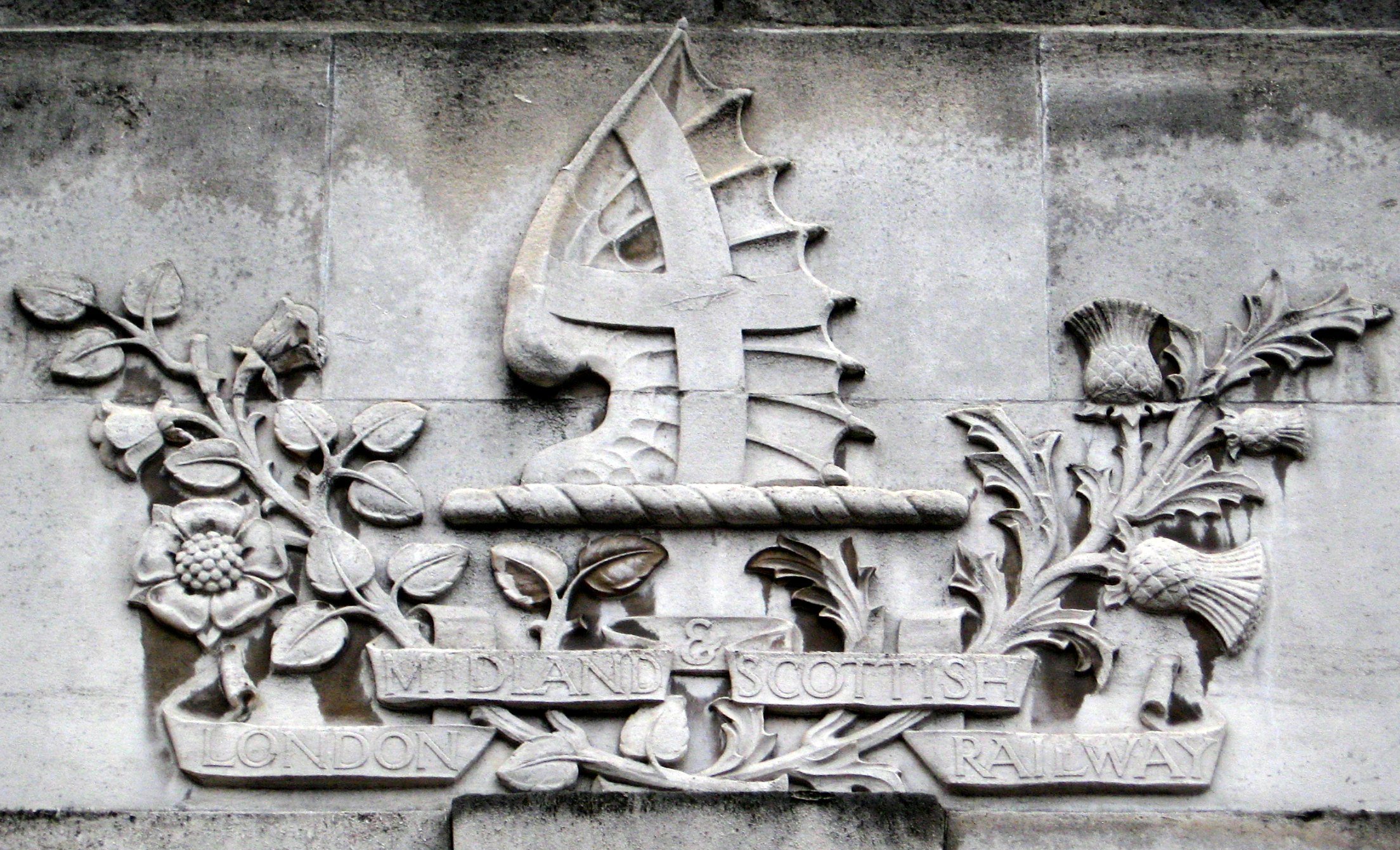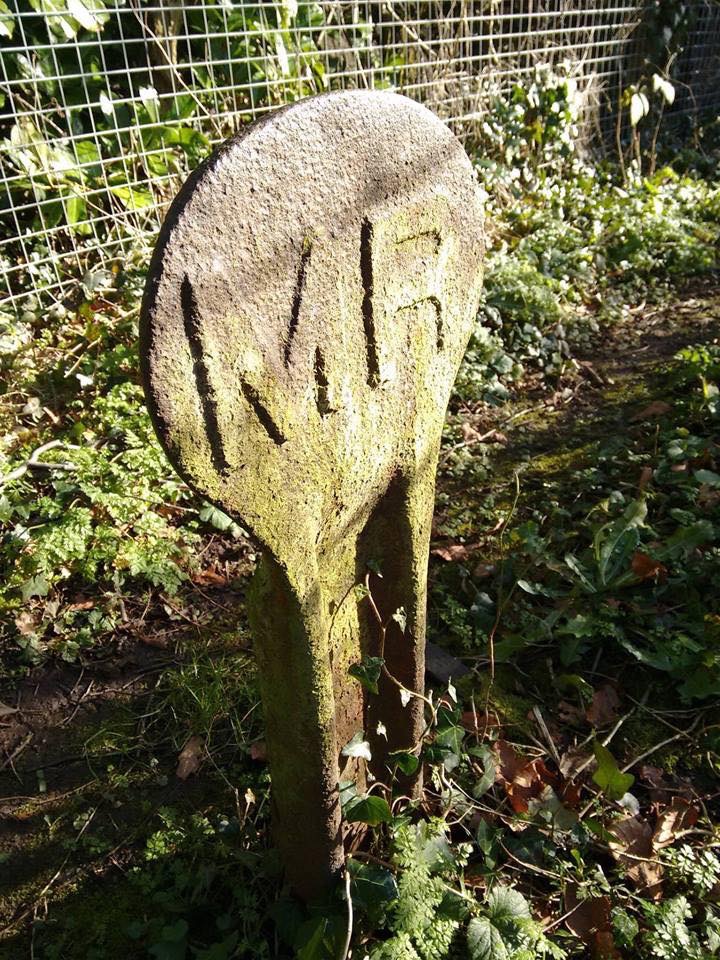|
British Rail Class AM1
Class AM1 was allocated to the prototype AC electric multiple units, converted from fourth-rail DC electric stock in 1952 and used on the Lancaster/Morecambe/Heysham route. This route had been electrified by the Midland Railway at 6.6 kV, 25 Hz AC. These were withdrawn in 1952 and the service reverted to steam haulage. The line voltage was changed to 6.6 kV at 50 Hz in 1953 and the AM1s were introduced. Thus was a test to see if power could be drawn from the National Grid rather than railway owned power stations. The AM1s were fitted with mercury arc rectifiers but one was later converted to a solid state rectifier as a test. The stock was maintained at Meols Cop works near Southport. The line was closed to passengers and the stock withdrawn in early 1966. Unlike classes AM2-AM11, which became TOPS Classes 302–311, class AM1 was withdrawn before it could take its place in the system as class 301. However, it was the success of these tests that contributed to the dec ... [...More Info...] [...Related Items...] OR: [Wikipedia] [Google] [Baidu] |
Metropolitan Cammell
Metro-Cammell, formally the Metropolitan Cammell Carriage and Wagon Company (MCCW), was an English manufacturer of railway carriages, locomotives and railway wagons, based in Saltley, and subsequently Washwood Heath, in Birmingham. Purchased by GEC Alsthom in May 1989, the Washwood Heath factory was closed in 2005. The company designed and built trains for the railways in the United Kingdom and overseas, including the Mass Transit Railway of Hong Kong, Kowloon–Canton Railway (now East Rail line), the Channel Tunnel, and the Tyne and Wear Metro, and locomotives for Malaysia's Keretapi Tanah Melayu. Diesel and electric locomotives were manufactured for South African Railways, Nyasaland Railways, Malawi, Nigeria, Trans-Zambezi Railway and Pakistan. DMUs were supplied to Jamaica Railway Corporation and the National Railways of Mexico. The vast majority of London Underground rolling stock manufactured in mid-20th century was produced by the company. It also designed and b ... [...More Info...] [...Related Items...] OR: [Wikipedia] [Google] [Baidu] |
London And North Western Railway
The London and North Western Railway (LNWR, L&NWR) was a British railway company between 1846 and 1922. In the late 19th century, the L&NWR was the largest joint stock company in the United Kingdom. In 1923, it became a constituent of the London, Midland and Scottish (LMS) railway, and, in 1948, the London Midland Region of British Railways: the LNWR is effectively an ancestor of today's West Coast Main Line. History The company was formed on 16 July 1846 by the amalgamation of the Grand Junction Railway, London and Birmingham Railway and the Manchester and Birmingham Railway. This move was prompted, in part, by the Great Western Railway's plans for a railway north from Oxford to Birmingham. The company initially had a network of approximately , connecting London with Birmingham, Crewe, Chester, Liverpool and Manchester. The headquarters were at Euston railway station. As traffic increased, it was greatly expanded with the opening in 1849 of the Great Hall, design ... [...More Info...] [...Related Items...] OR: [Wikipedia] [Google] [Baidu] |
London, Midland And Scottish Railway
The London, Midland and Scottish Railway (LMSIt has been argued that the initials LMSR should be used to be consistent with LNER, GWR and SR. The London, Midland and Scottish Railway's corporate image used LMS, and this is what is generally used in historical circles. The LMS occasionally also used the initials LM&SR. For consistency, this article uses the initials LMS.) was a British railway company. It was formed on 1 January 1923 under the Railways Act of 1921, which required the grouping of over 120 separate railways into four. The companies merged into the LMS included the London and North Western Railway, Midland Railway, the Lancashire and Yorkshire Railway (which had previously merged with the London and North Western Railway on 1 January 1922), several Scottish railway companies (including the Caledonian Railway), and numerous other, smaller ventures. Besides being the world's largest transport organisation, the company was also the largest commercial enter ... [...More Info...] [...Related Items...] OR: [Wikipedia] [Google] [Baidu] |
British Railways
British Railways (BR), which from 1965 traded as British Rail, was a state-owned company that operated most of the overground rail transport in Great Britain from 1948 to 1997. It was formed from the nationalisation of the Big Four (British railway companies), Big Four British railway companies, and was privatisation of British Rail, privatised in stages between 1994 and 1997. Originally a trading brand of the Railway Executive of the British Transport Commission, it became an independent statutory corporation in January 1963, when it was formally renamed the British Railways Board. The period of nationalisation saw sweeping changes in the railway. A process of dieselisation and Railway electrification in Great Britain, electrification took place, and by 1968 steam locomotives had been entirely replaced by diesel and electric traction, except for the Vale of Rheidol Railway (a narrow-gauge railway, narrow-gauge tourist line). Passenger train, Passengers replaced freight train, ... [...More Info...] [...Related Items...] OR: [Wikipedia] [Google] [Baidu] |
Overhead Line
An overhead line or overhead wire is an electrical cable that is used to transmit electrical energy to electric locomotives, trolleybuses or trams. It is known variously as: * Overhead catenary * Overhead contact system (OCS) * Overhead equipment (OHE) * Overhead line equipment (OLE or OHLE) * Overhead lines (OHL) * Overhead wiring (OHW) * Traction wire * Trolley wire This article follows the International Union of Railways in using the generic term ''overhead line''. An overhead line consists of one or more wires (or rails, particularly in tunnels) situated over rail tracks, raised to a high electrical potential by connection to feeder stations at regular intervals. The feeder stations are usually fed from a high-voltage electrical grid. Overview Electric trains that collect their current from overhead lines use a device such as a pantograph, bow collector or trolley pole. It presses against the underside of the lowest overhead wire, the contact wire. Current colle ... [...More Info...] [...Related Items...] OR: [Wikipedia] [Google] [Baidu] |
Pantograph (rail)
A pantograph (or "pan" or "panto") is an apparatus mounted on the roof of an electric train, tram or electric bus to collect power through contact with an overhead line. By contrast, battery electric buses and trains are charged at charging stations. The pantograph is a common type of current collector; typically, a single or double wire is used, with the return current running through the rails. The term stems from the resemblance of some styles to the mechanical pantographs used for copying handwriting and drawings. Invention The pantograph, with a low-friction, replaceable graphite contact strip or "shoe" to minimise lateral stress on the contact wire, first appeared in the late 19th century. Early versions include the bow collector, invented in 1889 by Walter Reichel, chief engineer at Siemens & Halske in Germany, and a flat slide-pantograph first used in 1895 by the Baltimore and Ohio Railroad The familiar diamond-shaped roller pantograph was devised an ... [...More Info...] [...Related Items...] OR: [Wikipedia] [Google] [Baidu] |
Electric Multiple Unit
An electric multiple unit or EMU is a multiple-unit train consisting of self-propelled carriages using electricity as the motive power. An EMU requires no separate locomotive, as electric traction motors are incorporated within one or a number of the carriages. An EMU is usually formed of two or more semi-permanently coupled carriages, but electrically powered single-unit railcars are also generally classed as EMUs. The great majority of EMUs are passenger trains, but versions also exist for carrying mail. EMUs are popular on commuter and suburban rail networks around the world due to their fast acceleration and pollution-free operation. Being quieter than diesel multiple units (DMUs) and locomotive-hauled trains, EMUs can operate later at night and more frequently without disturbing nearby residents. In addition, tunnel design for EMU trains is simpler as no provision is needed for exhausting fumes, although retrofitting existing limited-clearance tunnels to accommodate th ... [...More Info...] [...Related Items...] OR: [Wikipedia] [Google] [Baidu] |
Midland Railway
The Midland Railway (MR) was a railway company in the United Kingdom from 1844. The Midland was one of the largest railway companies in Britain in the early 20th century, and the largest employer in Derby, where it had its headquarters. It amalgamated with several other railways to create the London, Midland and Scottish Railway at grouping in 1922. The Midland had a large network of lines emanating from Derby, stretching to London St Pancras, Manchester, Carlisle, Birmingham, and the South West. It expanded as much through acquisitions as by building its own lines. It also operated ships from Heysham in Lancashire to Douglas and Belfast. A large amount of the Midland's infrastructure remains in use and visible, such as the Midland main line and the Settle–Carlisle line, and some of its railway hotels still bear the name '' Midland Hotel''. History Origins The Midland Railway originated from 1832 in Leicestershire / Nottinghamshire, with the purpose of serving the nee ... [...More Info...] [...Related Items...] OR: [Wikipedia] [Google] [Baidu] |
TOPS
Total Operations Processing System (TOPS) is a computer system for managing railway locomotives and rolling stock, known for many years of use in the United Kingdom. TOPS was originally developed between the Southern Pacific Railroad (SP), Stanford University and IBM as a replacement for paper-based systems for managing rail logistics. A jointly-owned consultancy company, ''TOPS On-Line Inc.'', was established in 1960 with the goal of implementing TOPS, as well as selling it to third parties. Development was protracted, requiring around 660 man-years of effort to produce a releasable build. During mid-1968, the first phase of the system was introduced on the SP, and quickly proved its advantages over the traditional methods practiced prior to its availability. In addition to SP, TOPS was widely adopted throughout North America and beyond. While it was at one point in widespread use across many of the United States railroads, the system has been perhaps most prominently us ... [...More Info...] [...Related Items...] OR: [Wikipedia] [Google] [Baidu] |
LNWR Electric Units
The LNWR electric units were ordered by the London and North Western Railway for its suburban services in London. The first cars, made with Siemens equipment, arrived in 1914, and these were followed by two larger batches of units with Oerlikon equipment. The trains were formed into 3-car units, with first and third class accommodation in open saloons. Following the 1923 grouping and absorption of the line into the London, Midland and Scottish Railway (LMS), similar LMS electric units, but with accommodation in compartments, were purchased to run with the Oerlikon units in 1926 and 1932. The trains were all withdrawn by 1960. Service introduction The London and North Western Railway's inner-suburban network encompassed the lines from London Broad Street to Richmond and London Euston to Watford and branch lines such as Watford to Croxley Green. With links to the District Railway at Earl's Court and over the route to Richmond, and the Bakerloo line being extended over the Watfor ... [...More Info...] [...Related Items...] OR: [Wikipedia] [Google] [Baidu] |
World War II
World War II or the Second World War, often abbreviated as WWII or WW2, was a world war that lasted from 1939 to 1945. It involved the World War II by country, vast majority of the world's countries—including all of the great powers—forming two opposing military alliances: the Allies of World War II, Allies and the Axis powers. World War II was a total war that directly involved more than 100 million Military personnel, personnel from more than 30 countries. The major participants in the war threw their entire economic, industrial, and scientific capabilities behind the war effort, blurring the distinction between civilian and military resources. Air warfare of World War II, Aircraft played a major role in the conflict, enabling the strategic bombing of population centres and deploying the Atomic bombings of Hiroshima and Nagasaki, only two nuclear weapons ever used in war. World War II was by far the List of wars by death toll, deadliest conflict in hu ... [...More Info...] [...Related Items...] OR: [Wikipedia] [Google] [Baidu] |



.jpg)
.jpg)




